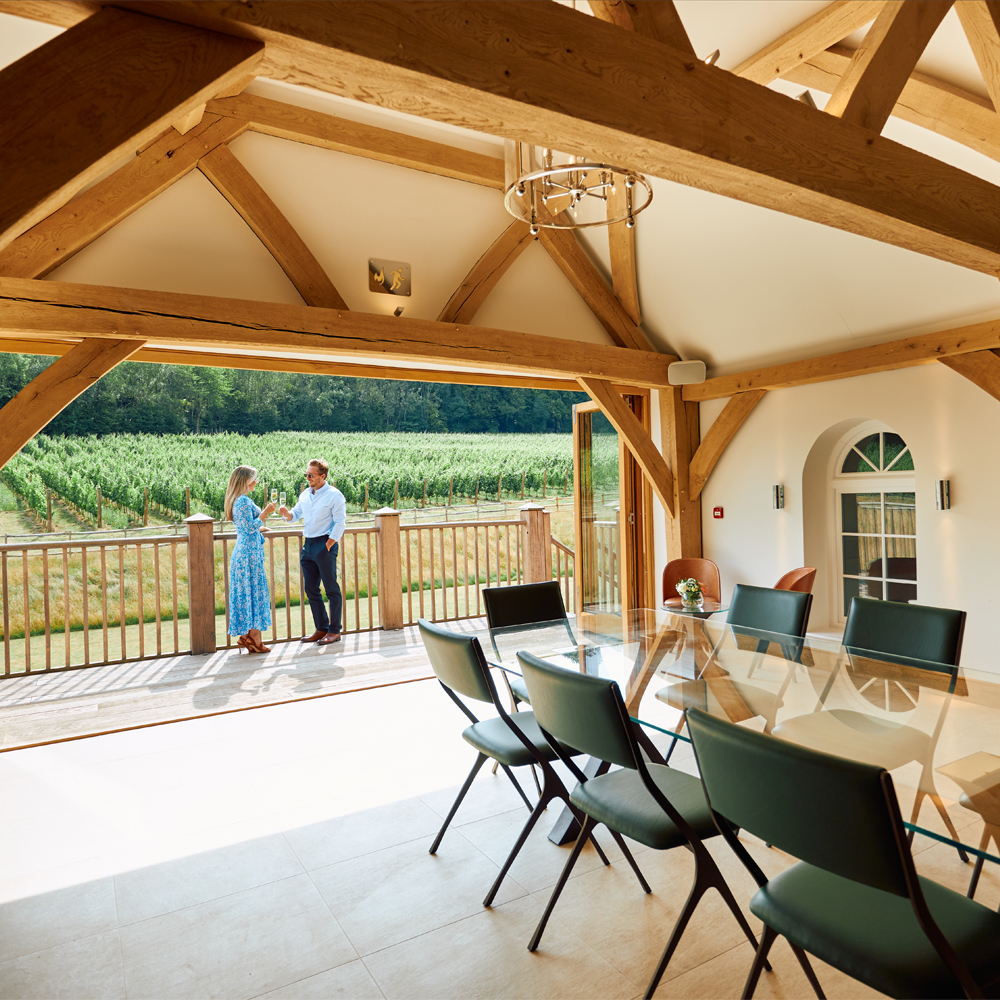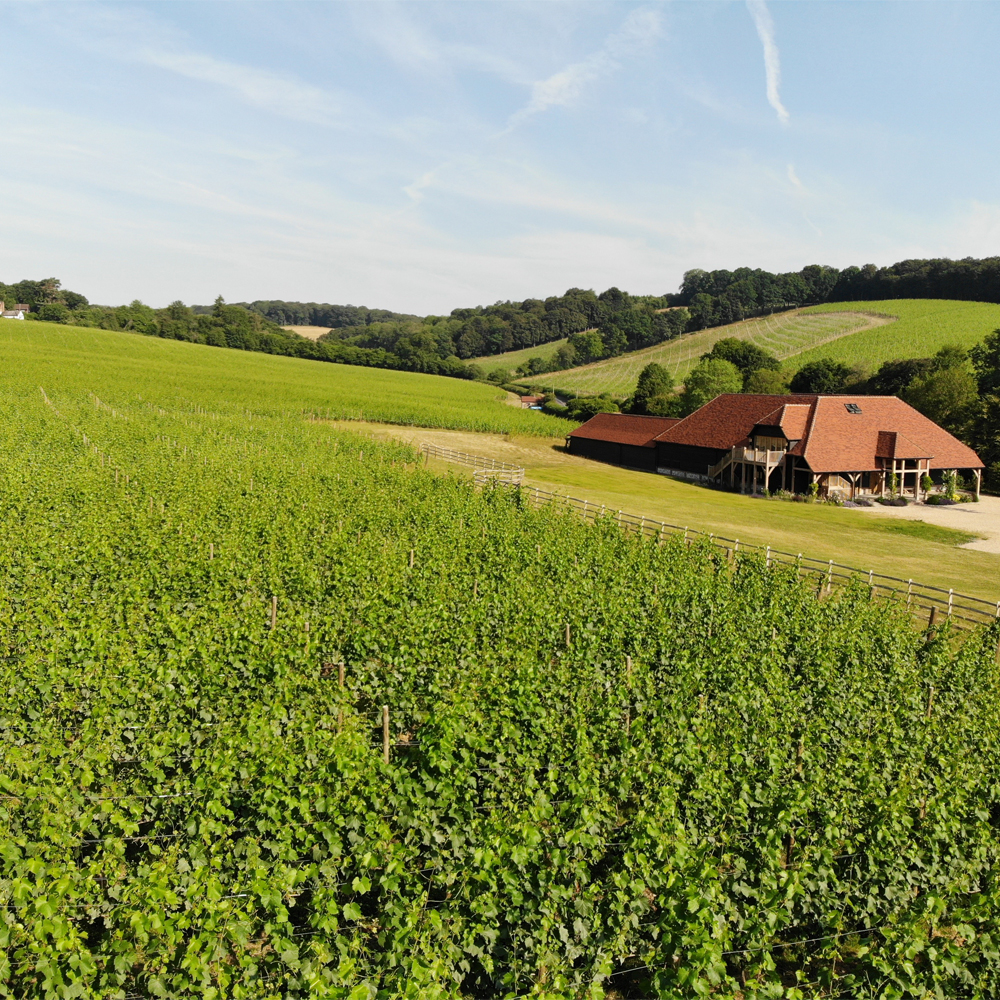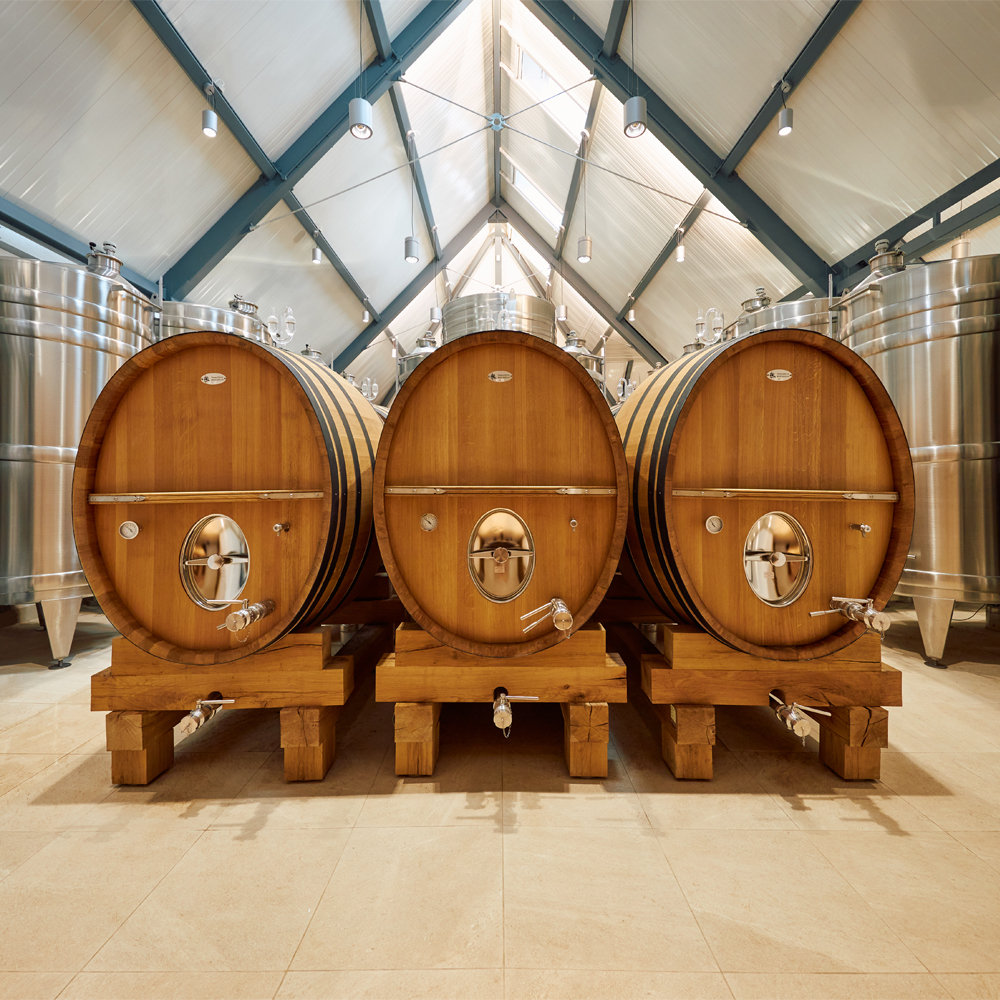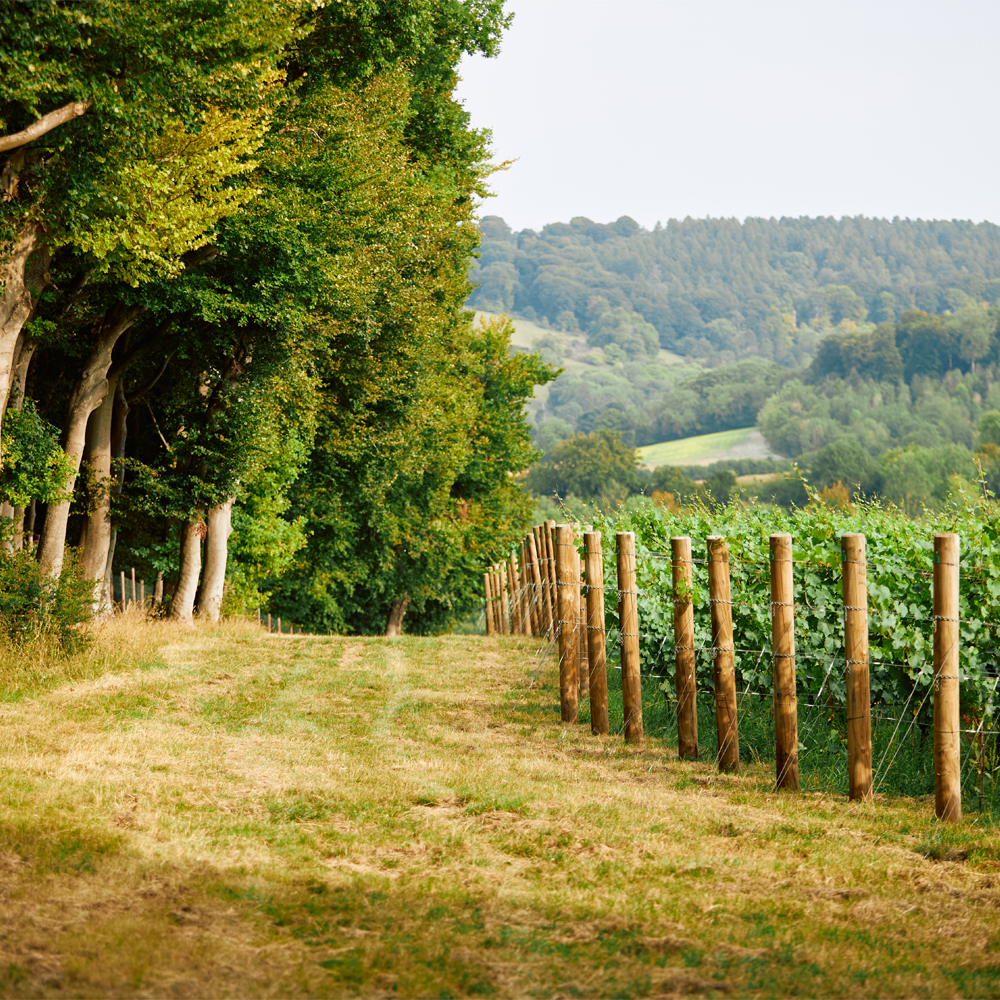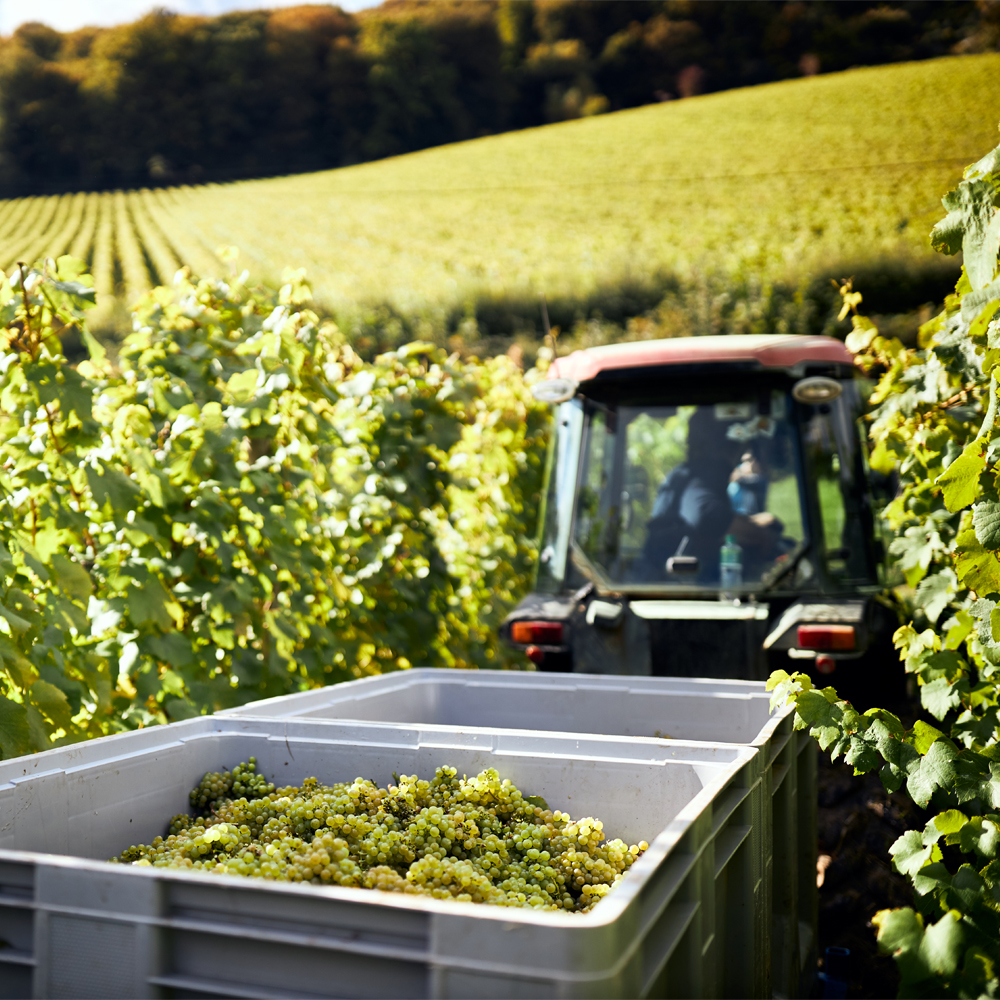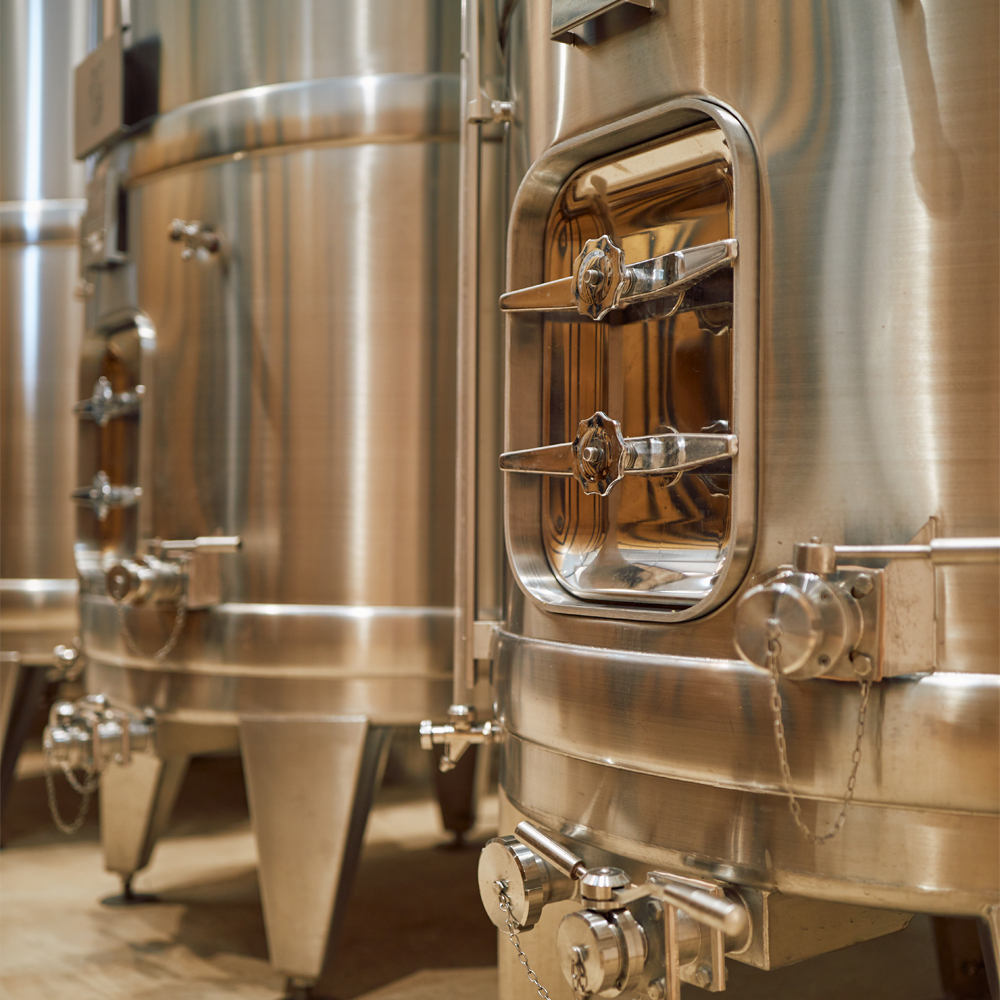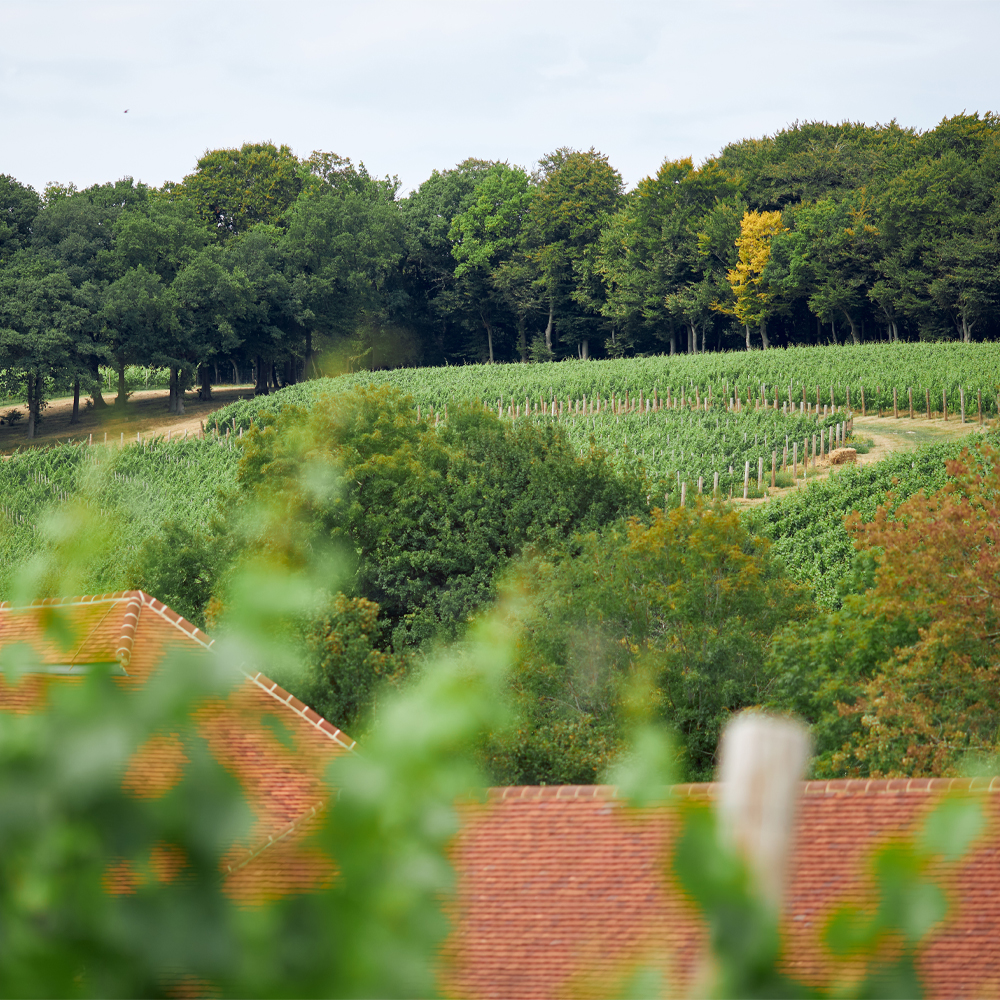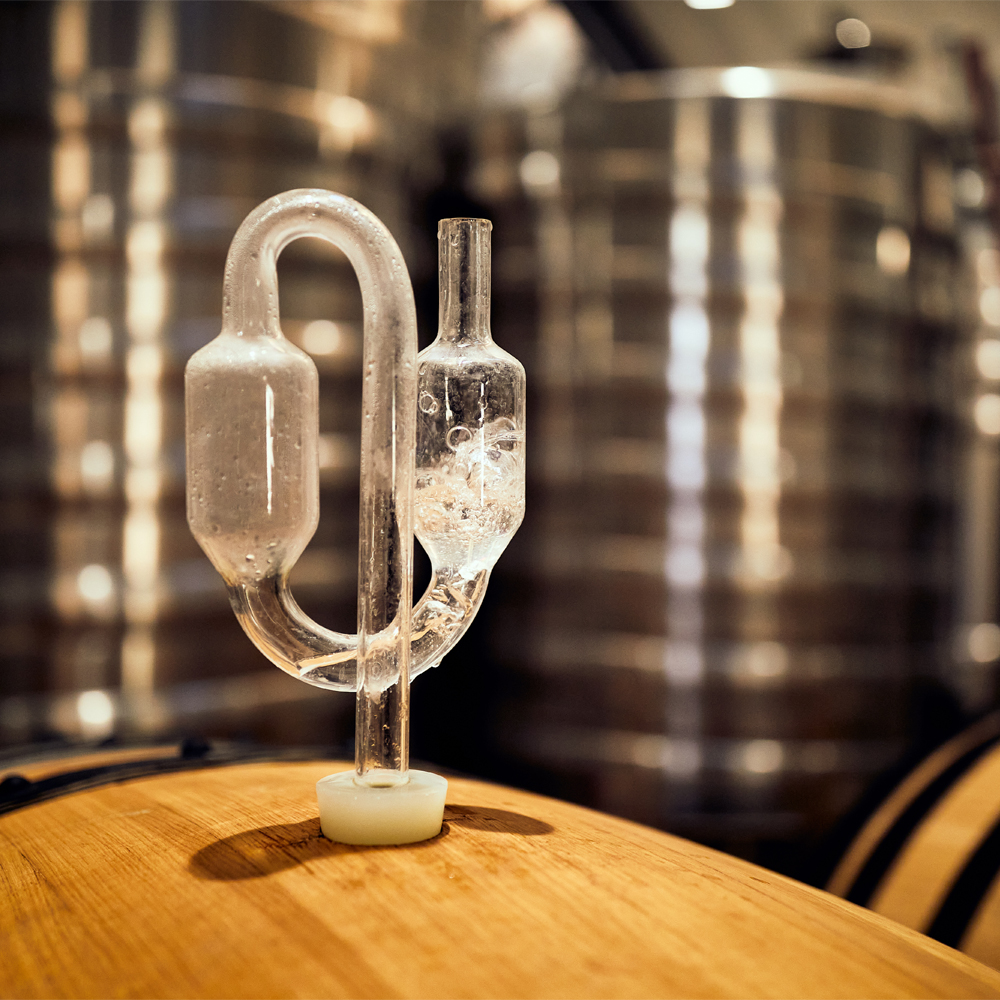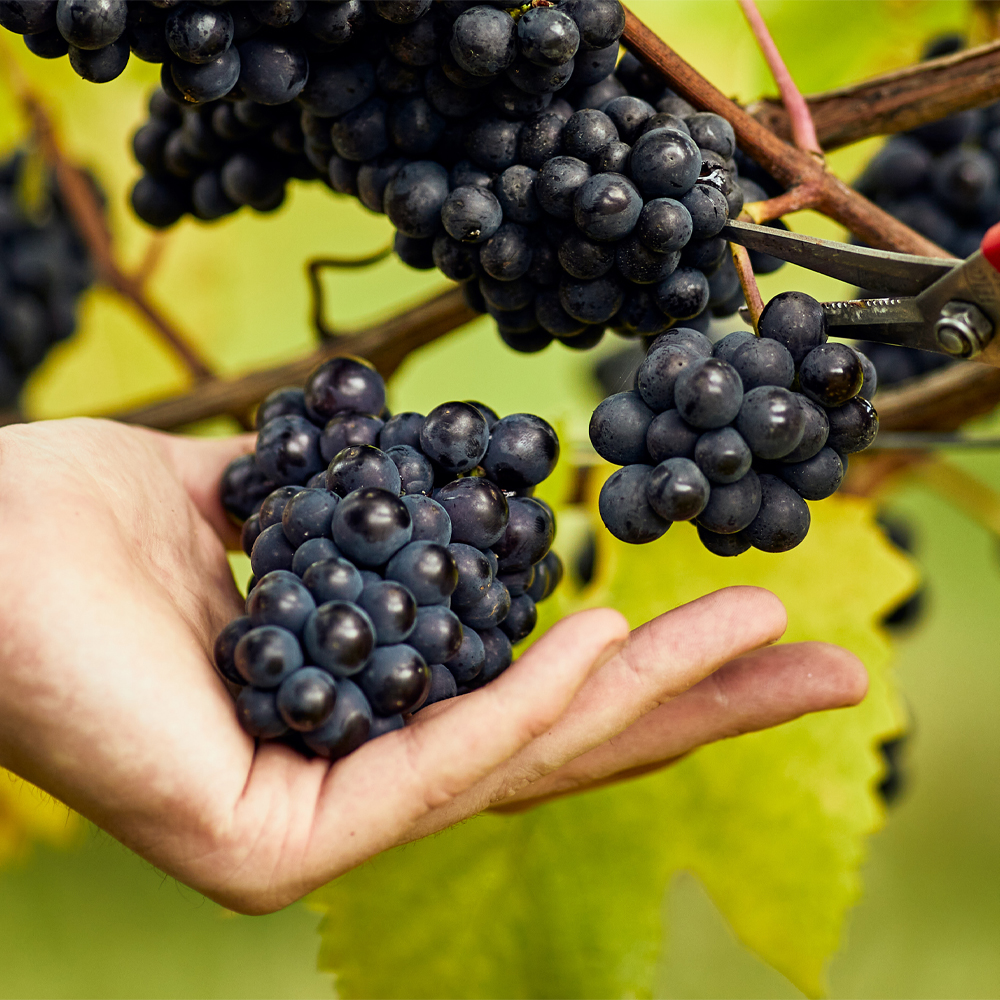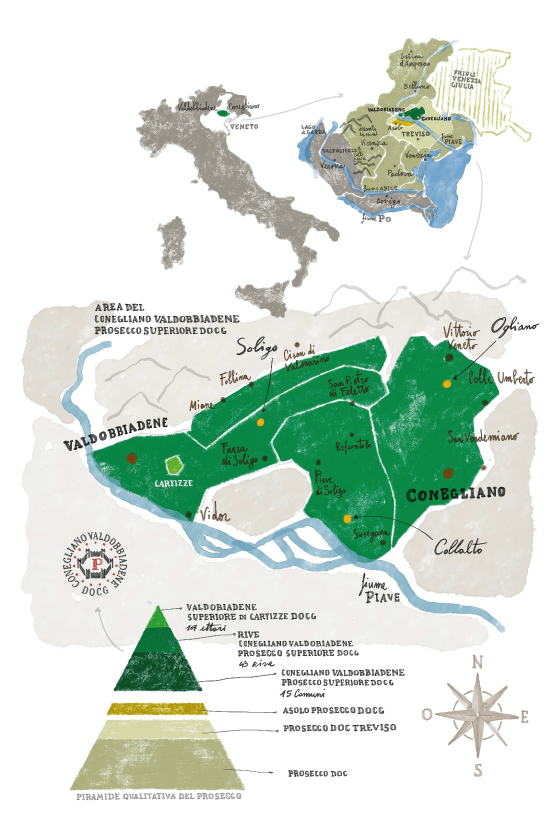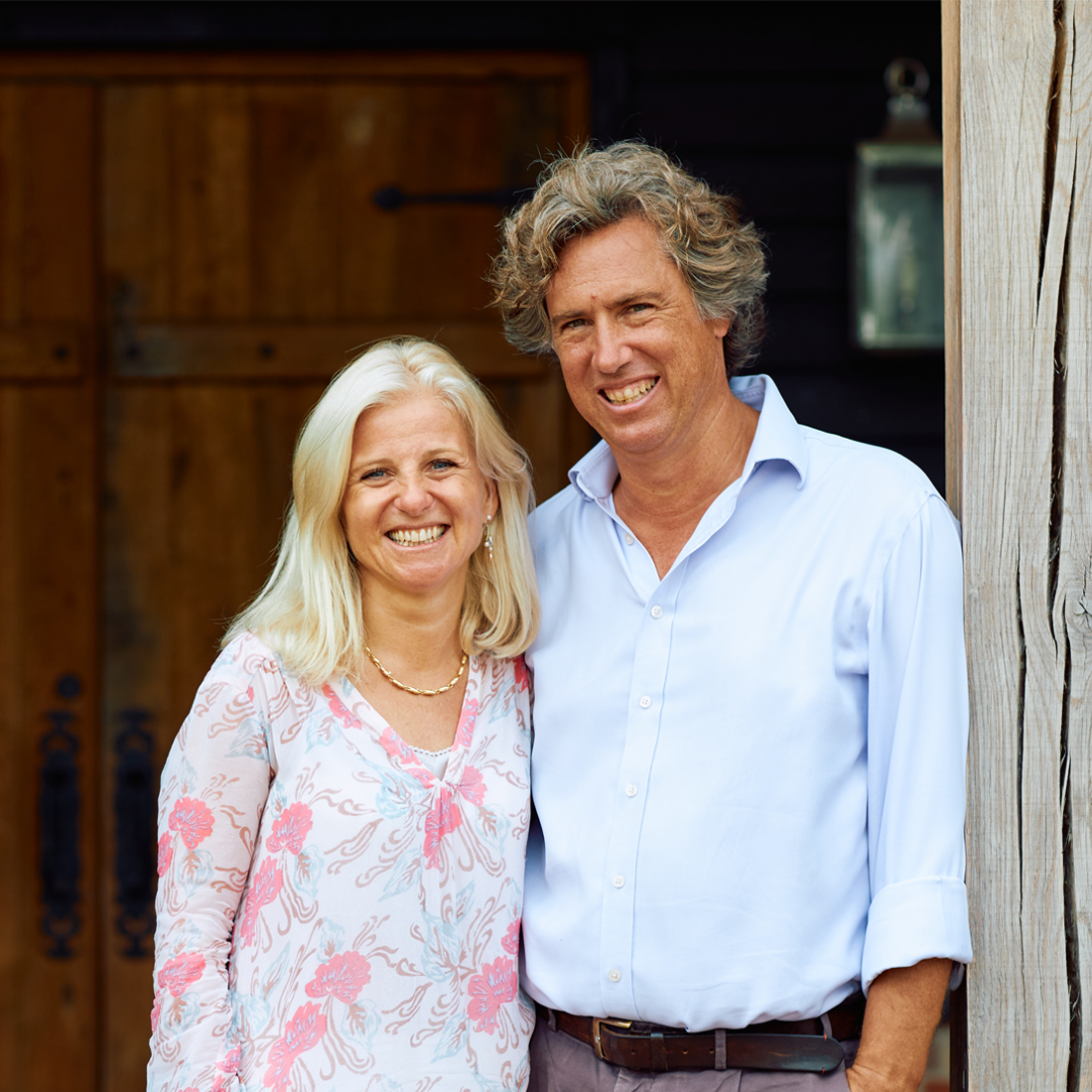

THE COMPANY
In 2009, Stephen and Fiona Duckett began searching for the ideal vineyard to produce English sparkling wine, with the help of Dr Michel Salgues, former oenologist at Maison Louis Roederer. After three years and the analysis of over 100 soil samples, they found the perfect site in Stonor Valley, whose chalk resembled the Côte des Blancs in Champagne. They purchased 42 acres of uncultivated land in Oxfordshire, untouched since the 16th century and surrounded by ancient woods, where the Hundred Hills vineyards were born. Today, ten low-yield clones of Chardonnay and Pinot Noir grow in a long, cool season, with grapes harvested in October to balance acids, sugars and aromas. In the cellar, minimal techniques preserve the delicate aromatic compounds, ensuring elegant Hundred Hills wines that are suitable for complex food pairings.




